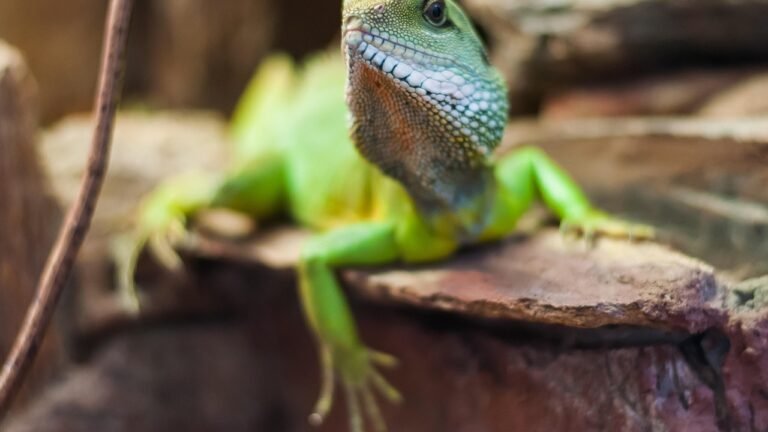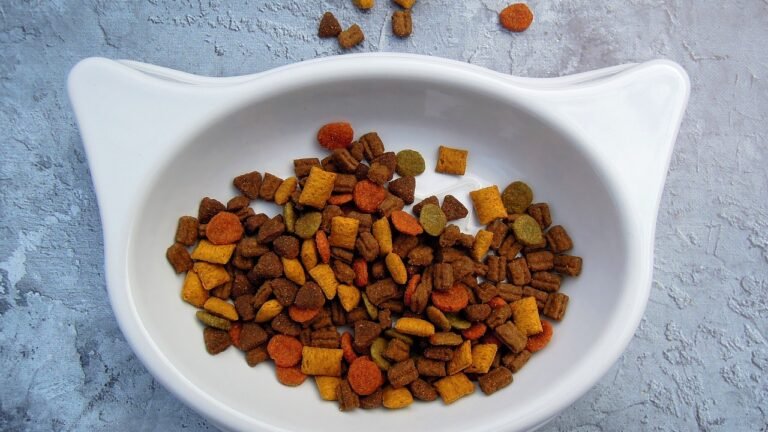
The Ultimate Guide to Leopard Gecko Care: A Beginner’s Guide to Keeping Your Gecko Happy and Healthy at Home
You might want to consider keeping a reptile in your home, and one that might be a suitable pet for you is the Leopard Gecko. This adorable creature is mostly desired by beginners in the world of reptile-keeping, because of its peaceful and gentle nature. It is easy to handle and develop a bond with because of its quiet temperament and unique personality, Leopard Geckos are then just right species to start with for someone new to reptiles.

Why a leopard Gecko ?
They are lower maintenance pet types, who have a life span of about 20 years. Boasting of the fact they get to an average size of 10 inches, Leopard Geckos can still be quite tame yet never resort to biting, which is an ironic exception in their somewhat” wild” look. In fact, there are some cases involving these geckos who are trained to exhibit playful games with their owners, such as a hide-and-seek activity.
Reptile keeping is highly demanding of time, but the payoffs are great for the person who has a pet leopard gecko. These creatures are playful and fit into a reasonable observation and handling experience for their small size. But indeed, a commitment is required – the animals do need much attention, along with patience and even a carefully controlled environment to thrive.
Establishing a Right Leopard Gecko Home
To start it right, you can start a Leopard Gecko Vivarium Starter Kit, as it comes with almost everything you need so that your new pet can acquire a comfortable and safe setting in the house-a perfect place to flourish geckoes.
It contains the following items:
24″ Monkfeld Vivarium in black: It is a huge glass cage that provides sunlight and is very safe, as the top part is hinged.
Habistat 7w Reptile Vivarium Heat Mat: This is very good and simple to setup, and it will provide comfort on geckoes to have a proper temperature under the warmth-like sun.
Exo Terra Reptile Water Dish (Small): The basis is solid, thus avoiding messes, given the sturdiness in this water dish.
Exo-Terra Reptile Vivarium Hide Out Cave (Small): The little hideout for a cool-off provides a shaded place where the gecko can find a spot to relax.
I had heard that the Exo-Terra dial thermometer is a special tool that, with its adhesive backing, allows for a more easy monitoring of vivarium temperature.
Create a desert ambience with Exo-Terra Desert Plant Barrel Cactus, which is a very realistic looking cactus for your Leopard Gecko.
2 x 2.5kg Reptile Sand: They help absorb waste and reduce smell, simulating probably the Leopard Gecko’s natural habitat, the desert.
Komodo Star Cactus: Hardware with decorative and functional uses are believed to add to your pet’s habitat.
The Vivarium Setup and Temperature
Leopard Geckos are from the arid regions of Asia; therefore, their vivariums need to replicate such habitats, though geckos can easily live in any captive setup. Ideally, the vivarium should be divided into two sections: a warm and a cool sector. Such a temperature gradient would aid in controlling heat exchange between the leopard gecko and its surrounding. By nature, leopard geckos are cold-blooded; thus, such creatures rely upon heating sources to keep their bodies warm. The heat pad and proper lighting are essential for the right temperature condition.
Because they are nocturnal animals, Leopard Geckos are more active during the night and should not need really bright lighting in the daytime. You, however, should give them twelve hours of light every day, which can be achieved using a timer. Thus, during the daytime, he can enjoy hiding behind rocks or logs where it will be cool and rest out of sight.
How to Feed Your Leopard Gecko
It’s really rather simple to feed leopard geckos, but that does require some care. Their diet mainly consists of live insects, such as crickets and mealworms, which you have to gut-load (feed with nutritious foods) before offering to your gecko. Leopard Geckos are insectivores and do not have any liking for leafy greens. However, a few plants similar to the desert would provide some features to hide behind for them-like desert safety and enrichment.
You should have a shallow water dish always clean, fresh, and available so your gecko stays healthy. Even if they do not drink water too much, it is significant to ensure that they are well hydrated. Also, their diet should have minerals in it; this will also be supplemented by calcium powder. In this way, during gut-loading of food, the powder will be sprinkled to ensure they get the nutrients needed for bone formation and healthy growth, right from inception.
Caring for Many Leopard Geckos
Leopard Geckos could be social animals, but it’s important to stay alert while keeping two or more geckos in one cage. Keeping not more than three Leopard Geckos in a single cage is considered healthy. More particularly, it should have a male only for avoiding territorial conflict as a general rule. Smaller spaces may be particularly prone to intraspecies strife of males.
Final Thoughts
It can involve a slightly higher initial time and monetary investment to care for a leopard gecko, but what it offers in return literally has no price. Providing the best living conditions and high-quality food, and showering it with love, ensure that the gecko lives the healthiest and happiest life for as many years as it has been ordained to live. Leopard Geckos provide a very thrilling and, at the same time very relaxed, reptile keeping experience, whether you are new to this or have experience in keeping several reptiles.
To get into the journey of keeping reptiles live longer, log on to our website where you can get everything needed to prepare the perfect housing for your leopard gecko.

